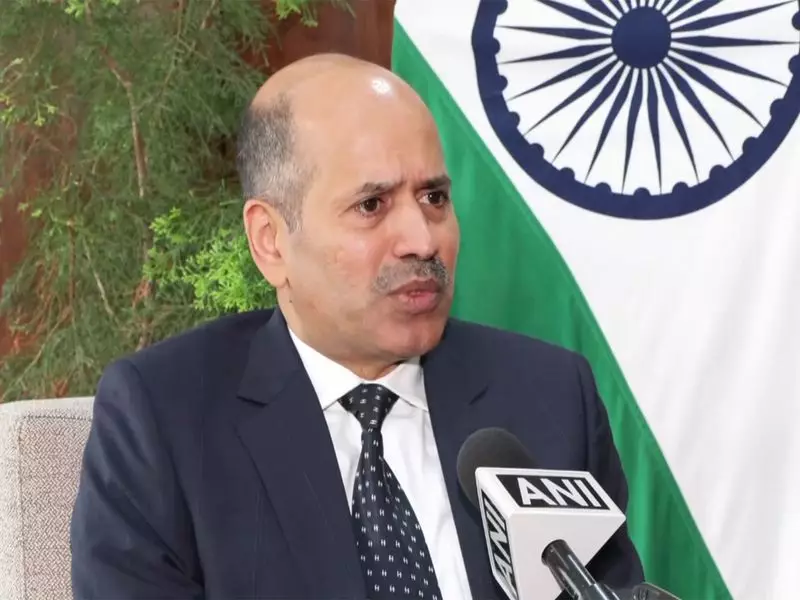
In a significant development for energy cooperation between neighboring nations, India has officially inaugurated the Punatsangchhu-II Hydroelectric Project in Bhutan, marking a major milestone in bilateral relations. The project represents a substantial boost to Bhutan's power infrastructure and underscores the deepening partnership between the two countries.
Project Inauguration and Key Details
The inauguration ceremony was conducted by Indian Ambassador to Bhutan, Sudhakar Dalela, who emphasized the project's transformative impact on Bhutan's energy landscape. The 1,020-megawatt Punatsangchhu-II hydroelectric project will increase Bhutan's total power generation capacity by approximately 40%, representing one of the most significant infrastructure developments in the country's recent history.
Ambassador Dalela highlighted that this achievement demonstrates the successful implementation of the vision shared by the leadership of both nations. The project falls under the framework of the 2006 Agreement on Cooperation in Hydropower, which has been instrumental in shaping energy collaboration between India and Bhutan over the past decades.
Technical Specifications and Economic Impact
The Punatsangchhu-II project features impressive technical specifications that position it as a cornerstone of Bhutan's energy infrastructure. Located on the Punatsangchhu River, the project incorporates state-of-the-art engineering and environmental considerations to ensure sustainable power generation.
The addition of 1,020 MW to Bhutan's energy grid represents a quantum leap in the country's power generation capabilities. Before this project, Bhutan's total installed capacity stood at approximately 2,326 MW. With Punatsangchhu-II now operational, the country's capacity has surged to over 3,346 MW, significantly enhancing its position as a regional leader in clean energy production.
The economic implications of this development are substantial. Bhutan stands to benefit from increased revenue through electricity exports to India, while also meeting growing domestic energy demands. The project has already created numerous employment opportunities during its construction phase and will continue to generate skilled jobs for operation and maintenance.
Broader Implications for India-Bhutan Relations
This hydropower project represents more than just energy infrastructure—it symbolizes the strengthening bonds between India and Bhutan. Hydropower cooperation has been a cornerstone of the bilateral relationship, with multiple projects already operational and several more in various stages of development.
The successful completion of Punatsangchhu-II demonstrates the effectiveness of the partnership model where India provides technical expertise, financing, and market access, while Bhutan contributes its abundant hydropower resources. This synergy has proven mutually beneficial, with India gaining access to clean energy and Bhutan receiving crucial infrastructure development and revenue streams.
Ambassador Dalela reaffirmed India's commitment to continuing this fruitful collaboration, noting that both countries are exploring additional projects that could further enhance Bhutan's energy security and economic prosperity. The partnership aligns with India's neighborhood first policy and Bhutan's development priorities, creating a win-win scenario for both nations.
As Bhutan continues to harness its hydropower potential, projects like Punatsangchhu-II position the country as an emerging leader in renewable energy in South Asia. The successful implementation of this project sets a positive precedent for future cross-border energy collaborations in the region.





